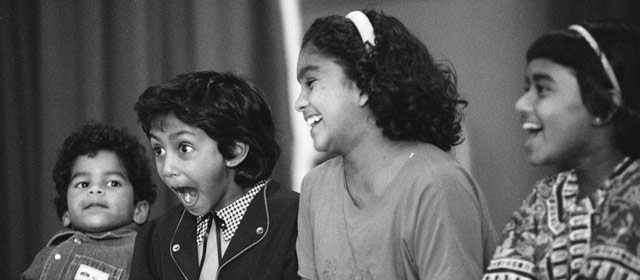He korero whakarapopoto
About Sri Lanka
Sri Lanka (formerly known as Ceylon) is a large and beautiful island which lies off the south-east tip of India. It has an ancient civilisation, and from the 16th century was ruled by the Dutch, then the Portuguese and finally the British. Ceylon became independent in 1948. In 1972, the country became the republic of Sri Lanka.
The largest ethnic group are the Sinhalese. Tamils are a smaller group. Civil war broke out between the two communities in 1983 and lasted until 2009.
Early days
Very few people came to New Zealand from Ceylon in the 19th century, but in the 1860s some gold seekers arrived. At the start of the 20th century there were only 106 Ceylon-born residents.
Immigration waves
From the late 1960s immigrant numbers increased with New Zealand’s need for skilled workers. From 1972, racial and economic troubles caused many people to emigrate. In 1983, fleeing civil war, both Sinhalese and Tamil people arrived. Their numbers increased after 1987, when the conflict became more severe.
Community
In 2013 there were more than 9,500 Sri Lankan residents. Many were well-educated professional workers who lived mostly in Auckland and Wellington. With strong ties to their war-torn homeland, the community had several ethnic associations.
Seeking peace and safety in New Zealand, Sri Lankans are of many faiths: Buddhist, Hindu, Muslim and Christian. Having left so much behind, they keep a sense of identity through their religion.





